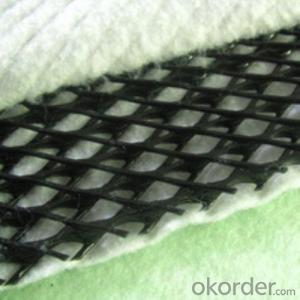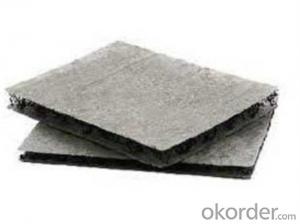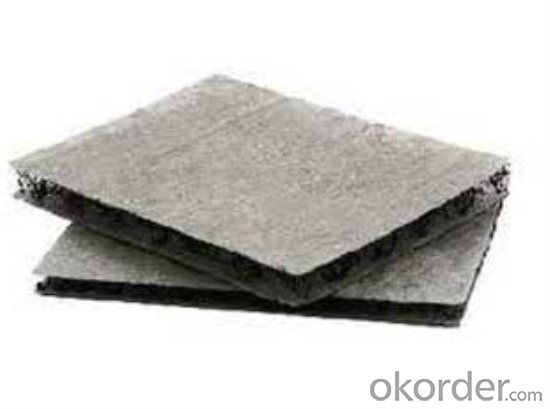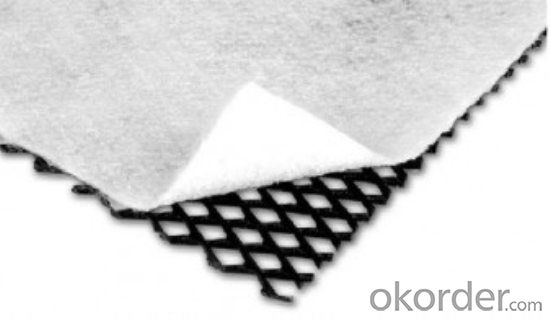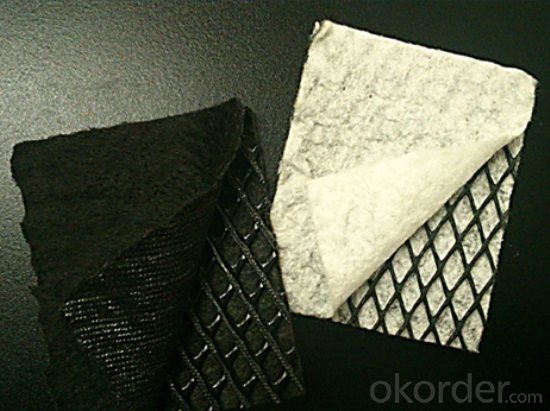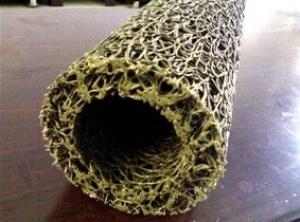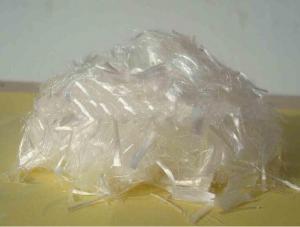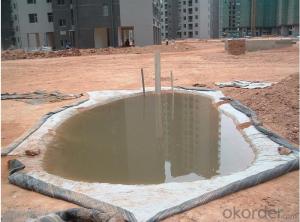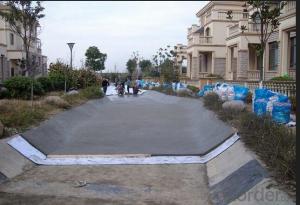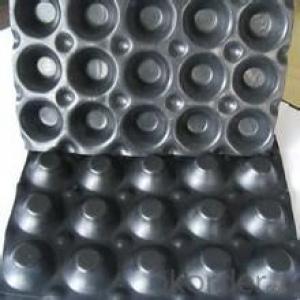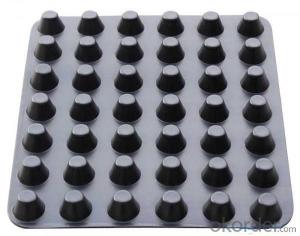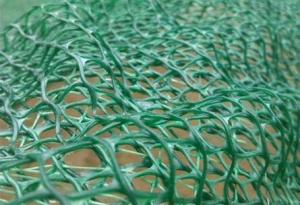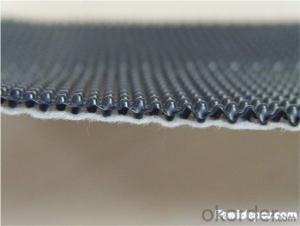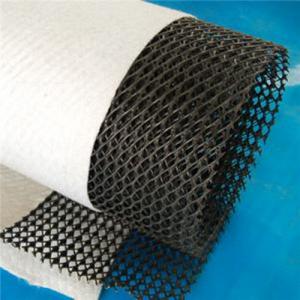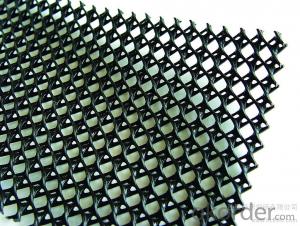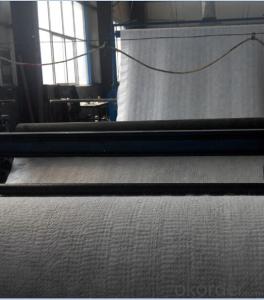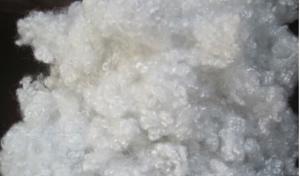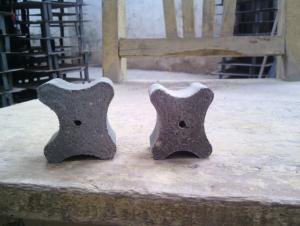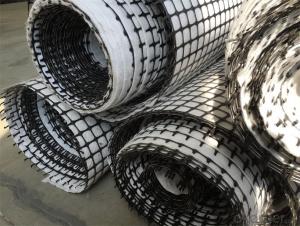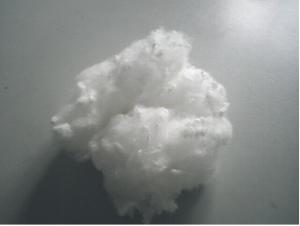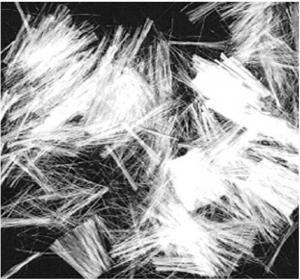Composite Geotextile Drainage Network for Architectural Engineering
- Loading Port:
- Qingdao
- Payment Terms:
- TT or LC
- Min Order Qty:
- 8000 m²
- Supply Capability:
- 100000 m²/month
OKorder Service Pledge
OKorder Financial Service
You Might Also Like
Composite Geotextile Drainage Network for Architectural Engineering
Description Of Composite Geotextile Drainage Network for Architectural Engineering
Composite material is a general term for the synthetic materials used in civil engineering. As a kind of civil engineering materials, it is to synthetic polymers, such as plastics, chemical fiber, synthetic rubber as raw material, made of various types of products, placed inside the soil, surface, or various kinds of soil play to strengthen or to protect the soil. The application of the technology of soil engineering synthetic materials will be divided into the type of the material of the soil, the soil, the soil, the special material and the composite. The special materials for the special materials include the soil engineering film bag, the soil engineering net。
Main Features of Composite Geotextile Drainage Network for Architectural Engineering
The advantages of the composite is that the weight is light, and the overall continuity is good (can be made into a large area of the whole), construction is convenient, high tensile strength, corrosion resistance and resistance to microorganisms. The disadvantage is that, without special treatment, anti ultraviolet ability, such as exposure to ultraviolet radiation, is easy to aging
Applications of Composite Geotextile Drainage Network for Architectural Engineering
1, for the stability of highway, railway roadbed.
2, used to bear the weight of the embankment and shallow water treatment.
IMages of Composite Soil Drainage Network for Architectural Engineering

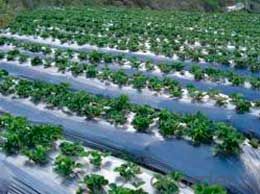
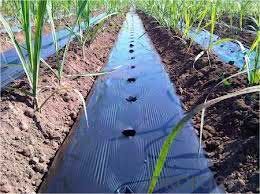
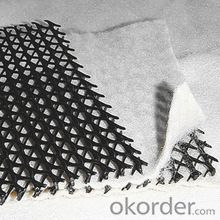
FAQ:
1. What are we supplying?
We are specialized in producing .geotextile , geocell, geogrid, geomembrane
2. How Many years experience do we have?
We have been exported to more than 15 countries in the past 10 years.
3. How long do we usually reply your request?
We always reply our customer within 12 hours.
- Q: What are the benefits of using geotextile tubes?
- Geotextile tubes offer several benefits, such as effective erosion control, sediment containment, and dewatering of sludge or wastewater. They provide a cost-effective solution with reduced labor and material requirements, easy installation, and faster project completion. Geotextile tubes are also environmentally friendly, as they promote natural vegetative growth and minimize disturbance to surrounding ecosystems.
- Q: Can geosynthetics be used for lining stormwater detention ponds?
- Yes, geosynthetics can be used for lining stormwater detention ponds. They are often used as a cost-effective solution to prevent seepage and erosion in these ponds, providing an impermeable barrier that helps to retain and control stormwater runoff. Geosynthetics can enhance the overall performance and durability of stormwater detention ponds, ensuring their long-term effectiveness in managing and storing excessive stormwater.
- Q: Can earthwork products be used for constructing bridge abutments?
- Yes, earthwork products can be used for constructing bridge abutments. Earthwork products such as compacted fill materials, geogrids, geotextiles, and retaining walls can provide stable and reliable support for bridge abutments. These materials can help distribute the load and reduce the risk of settlement or failure, making them suitable for constructing bridge abutments.
- Q: What are the key considerations when using geosynthetic reinforcements in bridge abutments?
- When using geosynthetic reinforcements in bridge abutments, there are several key considerations to keep in mind. Firstly, the strength and durability of the geosynthetic material is crucial. It should be able to withstand the loads and environmental conditions, ensuring long-term stability of the abutment. Secondly, proper design and installation techniques should be followed to ensure the geosynthetic reinforcement is placed correctly and securely. Adequate soil preparation and compaction are also important factors to consider. Additionally, the compatibility of the geosynthetic material with the surrounding soil and other abutment components should be evaluated to prevent any potential issues such as differential settlement. Finally, regular inspection and maintenance of the geosynthetic reinforcement should be carried out to detect any signs of damage or degradation and take timely corrective measures.
- Q: Are earthwork products compatible with other construction materials?
- Yes, earthwork products are compatible with other construction materials. These products, such as soil, sand, gravel, and rocks, are commonly used as a base or foundation for various construction projects. They can be effectively combined with other materials like concrete, asphalt, and steel to create stable and durable structures.
- Q: Can geopipes be used for drainage systems?
- Yes, geopipes can be used for drainage systems. Geopipes are commonly used in drainage applications as they provide an efficient and reliable way to collect and transport excess water from various surfaces or areas. The geopipes are designed to have high flow capacity and resist clogging, making them suitable for use in drainage systems for both residential and commercial purposes.
- Q: What are the different colors available for earthwork products?
- The different colors available for earthwork products depend on the type of material being used. Common colors include natural earth tones such as brown, tan, and gray. However, some materials can be dyed or stained to achieve a broader range of colors, including red, green, blue, and more. Ultimately, the color options for earthwork products are diverse and can be customized to suit specific preferences and project requirements.
- Q: What are the key considerations when using geotextile mats for erosion control on golf courses?
- The key considerations when using geotextile mats for erosion control on golf courses include the material's durability and strength, its ability to effectively filter water and sediment, proper installation techniques, and ensuring that it is compatible with the specific soil and vegetation conditions of the golf course. Additionally, maintenance and inspection of the mats should be regularly conducted to evaluate their effectiveness and address any potential issues.
- Q: What are the advantages of using geotextile mats in erosion control for riverbanks?
- Geotextile mats offer several advantages in erosion control for riverbanks. Firstly, they provide effective stabilization by preventing soil erosion and reducing sediment transport. Secondly, the mats promote vegetation growth, enhancing the overall stability of the riverbank. Additionally, geotextile mats are easy to install and cost-effective compared to traditional erosion control methods. They also have a long lifespan and are resistant to degradation, ensuring long-term protection for riverbanks. Overall, geotextile mats offer an efficient and sustainable solution for erosion control, protecting riverbanks and the surrounding environment.
- Q: How are geotextile tubes used in shoreline stabilization?
- Geotextile tubes are used in shoreline stabilization by being filled with sand or other materials to form a barrier against erosion. These tubes are placed along the shoreline to absorb wave energy and reduce the impact of currents, helping to protect the shoreline from further degradation.
Send your message to us
Composite Geotextile Drainage Network for Architectural Engineering
- Loading Port:
- Qingdao
- Payment Terms:
- TT or LC
- Min Order Qty:
- 8000 m²
- Supply Capability:
- 100000 m²/month
OKorder Service Pledge
OKorder Financial Service
Similar products
Hot products
Hot Searches
Related keywords
